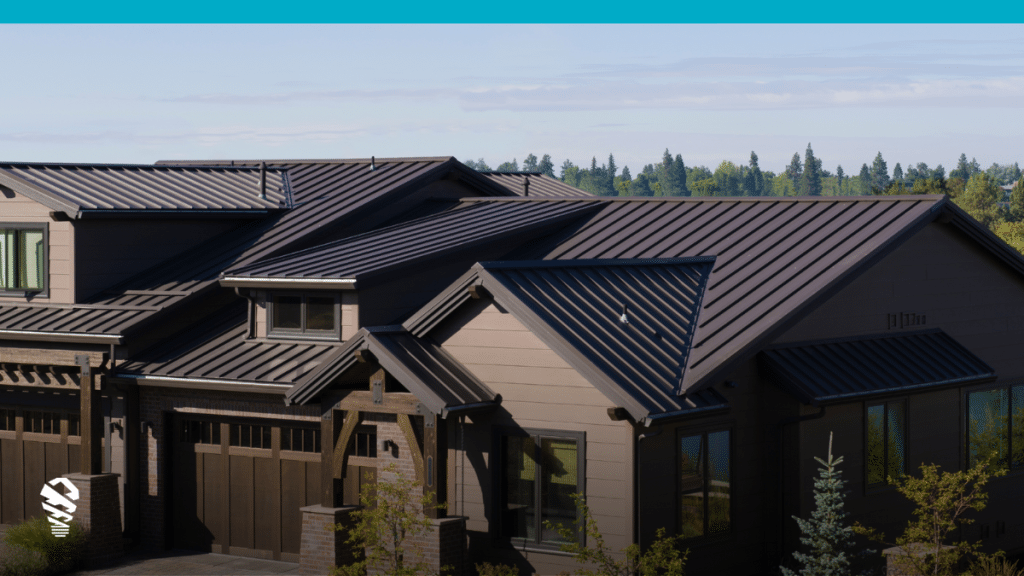It starts with a knock, a call, or a chance meeting after a storm. Roofing sales may seem like a straightforward transaction—but those who thrive in this space know it’s a deeply conversational craft. One that hinges not just on what is said, but when it’s said.
Timing isn’t about clock management—it’s about emotional rhythm. Roofing cold calling offers a unique glimpse into how timing affects trust, persuasion, and conversion. And what works here holds lessons for every other industry that relies on direct human contact.
The Anatomy of a Roofing Conversation
Roofing is situational. Weather, age of the property, and urgency all dictate when and how a customer is open to dialogue. A successful roofing cold call often follows these stages:
- Recognition – The customer realizes a problem may exist.
- Resistance – They brace for a hard sell or deny the issue.
- Reconsideration – They begin to entertain solutions.
- Readiness – They commit to an inspection or estimate.
Misjudge one of these phases, and the entire call can collapse. But if timed right, each transition flows smoothly—leading to a real, qualified opportunity.
Microtiming: Pauses, Pacing, and Breathing Room
The most successful cold callers don’t talk the fastest or the most. They pause. They listen. They breathe.
In high-pressure calls—common in roofing and home services cold calling—the instinct is to rush. To cram value into every second. But people don’t buy because of speed; they buy when they feel heard.
Pausing after a question. Slowing down to match the customer’s tone. Letting silence settle after an objection. These microtiming skills are often what separate amateur callers from pros.
Emotional Timing: Reading Readiness
Not every customer is ready to hear about their roof. Some may have had repairs recently. Others may still be recovering from a storm, or simply not trust unsolicited calls.
That’s why roofing cold calling succeeds when it adapts to emotional readiness. Instead of pushing for an immediate yes, the best callers:
- Ask exploratory questions.
- Recognize hesitation as a signal to soften the tone.
- Offer information instead of demands.
Virtual assistant cold calling teams, in particular, benefit from scripting that allows this emotional flexibility—blending structure with conversational flow.
Timing the Ask: When to Move Forward
Pushing for a quote or appointment too soon signals desperation. Waiting too long can lead to disinterest. The magic lies in identifying verbal and tonal cues that indicate when the customer is ready to shift gears.
Some cues include:
- Asking clarifying questions about process or cost.
- Mentioning other contractors or prior experiences.
- Repeating your words or summarizing what you’ve said.
These are green lights—signs that the customer is mentally engaging. That’s when it’s time to offer a next step.
In roofing, this is often an inspection. In real estate cold calling, it might be a property walkthrough. In solar, a quote comparison. But in every case, the signal is the same: the conversation is no longer one-sided.
What Not to Say Too Soon
Certain phrases, while valuable, can be damaging if introduced at the wrong time:
- “Let’s schedule something now” before the customer asks questions.
- “We’re the best in town” before they trust your competence.
- “This will save you money” before they understand the cost.
Timing isn’t about delay—it’s about context. Even the most powerful message will fall flat if delivered out of order.
The Cumulative Effect of Good Timing
In high-volume campaigns, small timing improvements across calls add up to major results. A well-timed question earns attention. A well-timed pause opens space for agreement. A well-timed suggestion leads to a meeting.
For teams like those trained by No Accent Callers, timing becomes muscle memory. It’s embedded into tone coaching, call reviews, and script evolution.
That’s the difference between robotic repetition and adaptive, successful outreach.
When Timing Beats Volume
It’s tempting to focus on numbers: calls per hour, contacts per list, appointments booked. But as industries like roofing and solar grow more competitive, volume alone isn’t enough.
A skilled caller with 20 perfectly timed conversations can outperform a 100-call day built on rushed scripts and poor pacing. Why? Because timing creates rapport. Rapport creates trust. And trust converts.
This applies across every segment, from virtual assistant cold calling to high-level real estate pitches.
What Roofing Sales Reveal About People
Roofing sales teach us that people aren’t just reacting to products—they’re reacting to presence. A roof is a significant investment. Homeowners need to feel that the person on the other end understands their priorities, respects their timing, and isn’t just moving through a checklist.
The same applies to cold calling in any field. People don’t need perfect scripts. They need conversational timing that respects their current state—then gently guides them toward the next one.
Final Thought: Listen for the Timing, Not Just the Words
Words matter. But when you say them matters more.
Roofing cold calling has always required instinct, empathy, and precise timing. And as the digital world grows louder, timing becomes the final competitive edge—because attention spans shrink, but the need for real human cadence remains.
Brands that emphasize this skill—training their teams to listen as much as they talk—are changing the cold calling game, one perfectly timed question at a time.
In a crowded call queue, it’s not about who calls first. It’s about who speaks at the right moment.
